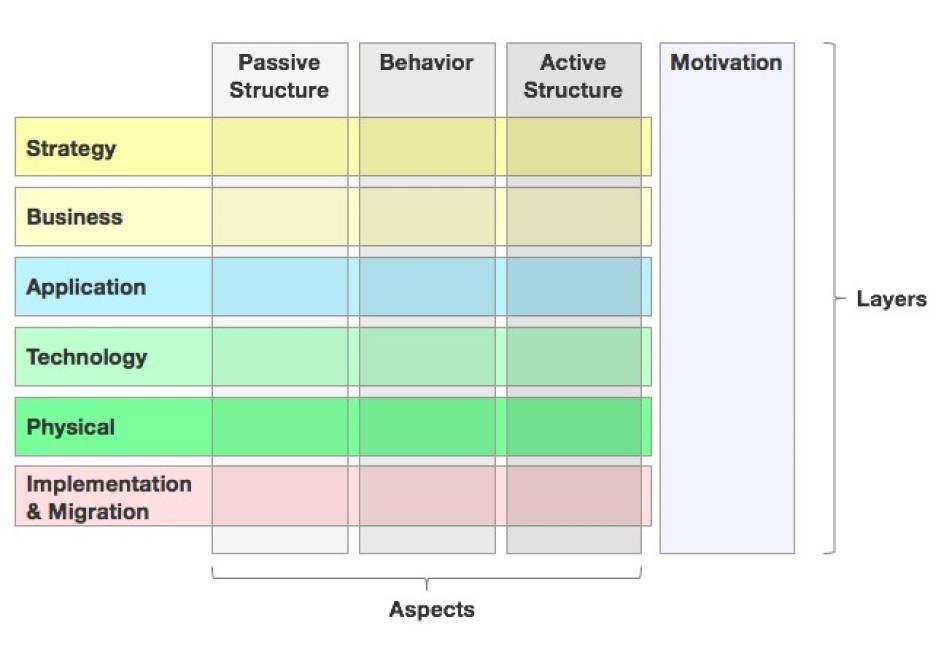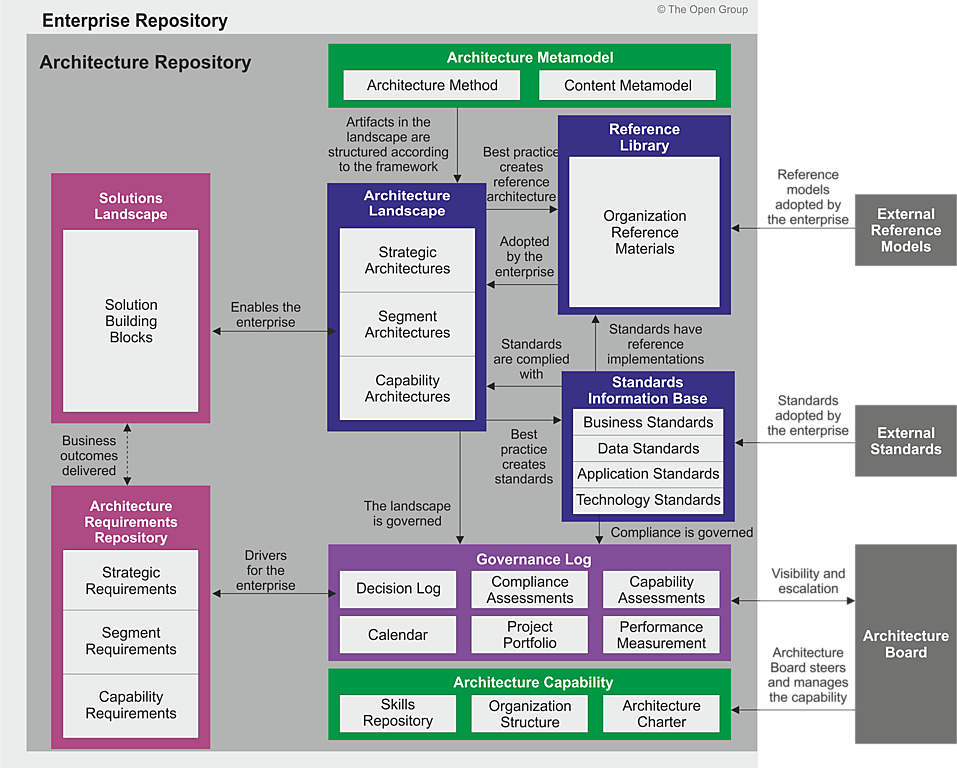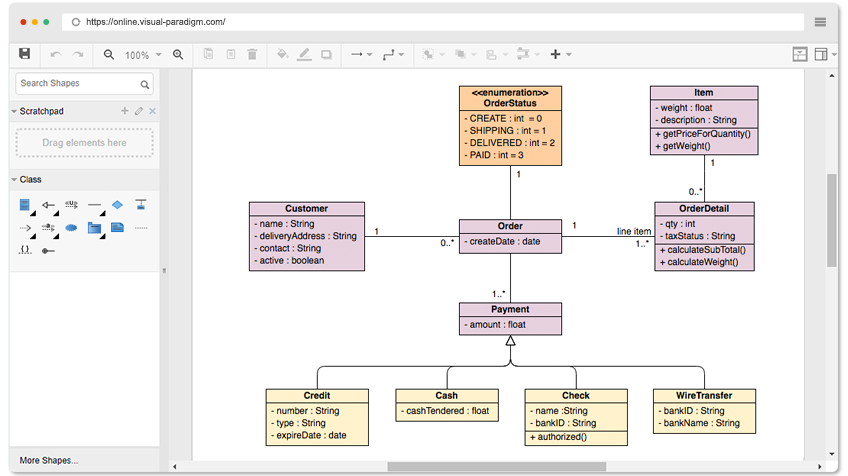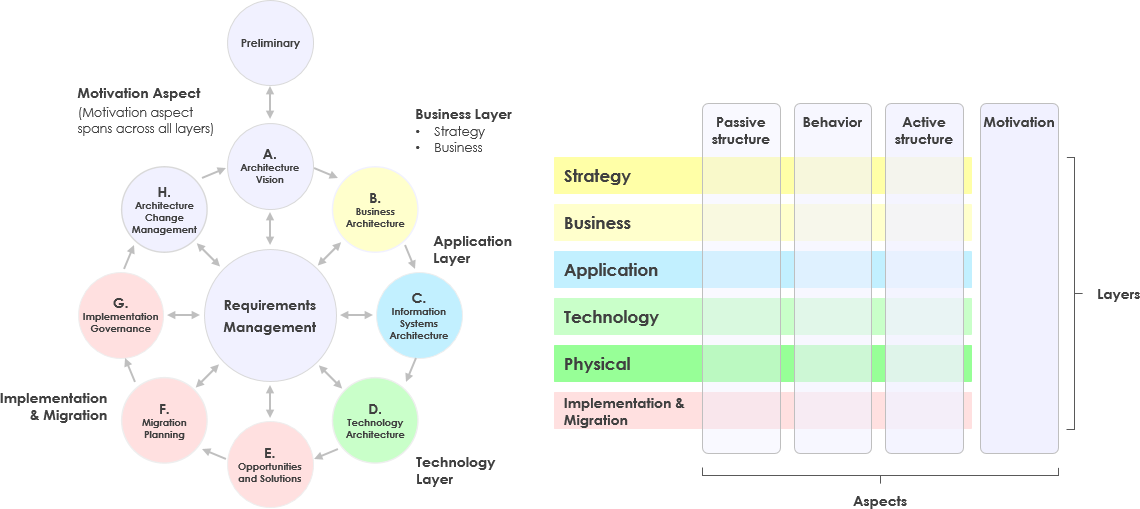Home » Archives for October 2024 » Page 2
The Risk Analysis View in ArchiMate helps in identifying, assessing, and managing risks within an organization. This view is crucial for aligning IT security measures with business goals and ensuring compliance with standards like ISO 27001. Step-by-Step Guide Identify Risks Risk (Assessment): Represented by a purple oval with a stick figure and shield icon. This element symbolizes potential security threats to the organization. Assess Risks Risk Assessment: A purple document shape that evaluates each identified risk to understand its impact and likelihood. Define Control Objectives Risk Control Objective: A blue rectangle with ‘A’…
continue reading →
Case Study Description: Application of the Motivation View This case study examines the implementation of the Motivation View framework within an organization focused on enhancing service delivery and increasing customer satisfaction. It highlights the roles of key stakeholders, including the CEO, management board, and CFO, in driving strategic initiatives aimed at improving employee engagement and operational efficiency. The assessment phase identifies critical drivers such as customer satisfaction, employee motivation, and market trends, leading to clear goals: a 20% increase in customer satisfaction, improved employee engagement, and a 10% reduction in operational costs. The…
continue reading →
ArchiMate® is a modeling language designed to support the description, analysis, and visualization of architecture within an organization. It provides a framework that covers various aspects of enterprise architecture, enabling stakeholders to understand the relationships between different elements. This tutorial will guide you through the key diagram types and elements based on the layers and aspects of the ArchiMate® Framework. Overview of ArchiMate® Layers and Aspects ArchiMate® is structured into several layers, each containing specific elements that represent different architectural aspects: Strategy Layer Business Layer Application Layer Technology Layer Physical Layer Implementation &…
continue reading →
In the realm of Enterprise Architecture (EA), effective management of architectural assets is crucial for success. The TOGAF Architecture Repository serves as a comprehensive content management system that provides a structured approach to storing, managing, and accessing all architecture-related projects within an organization. This article explores the key components of the Architecture Repository, its benefits, and its role in facilitating efficient architecture development and governance. What is the Architecture Repository? The Architecture Repository is a centralized hub that enables organizations to manage their architectural deliverables, locate reusable assets, and publish outputs to stakeholders and other…
continue reading →
The TOGAF (The Open Group Architecture Framework) provides a comprehensive approach to developing an effective architecture for organizations. However, each organization has unique needs that require customization. A Tailored Architecture Framework allows you to adapt TOGAF principles to better fit your organization's specific goals, processes, and culture. This article outlines how to create a tailored architecture framework, focusing on four key components: tailored architecture method, content, tools, and integration with governance models and other frameworks. 1. Developing a Tailored Architecture Method Understanding the Foundation The foundation of your tailored architecture framework lies in adapting the TOGAF Architecture…
continue reading →
-
Posted on October 4, 2024
-
/Under UML
Are you on the hunt for a free class diagram tool that won’t limit your creativity? Look no further! Visual Paradigm Online (VP Online) Free Edition is here to revolutionize your diagramming experience. Why Choose VP Online Free Edition? With our free online drawing software, you can create not just Class Diagrams but also a variety of UML diagrams, ERD tools, and Organization Charts—all without any ads or time limitations! Here’s what makes VP Online the perfect choice for your diagramming needs: Unlimited Access: Enjoy a lifetime access to the tool with no restrictions on the number of diagrams or…
continue reading →
Navigating the complexities of Enterprise Architecture (EA) can be challenging, especially when trying to align technology with business strategy. Visual Paradigm simplifies this process through its comprehensive support of TOGAF (The Open Group Architecture Framework), particularly with its visual process maps designed for the Architecture Development Method (ADM). Visual Process Maps: Your Roadmap to Success Visual Paradigm transforms the TOGAF ADM phases and steps into an intuitive stack of visual process maps. This feature allows you to easily navigate through the entire EA process, ensuring you stay on track. With just a double-click on any activity, you…
continue reading →
In today's fast-paced business landscape, the need for a cohesive IT strategy has never been greater. Enterprise Architecture (EA) acts as the backbone of your organization, enabling the integration of fragmented applications and processes into a streamlined ecosystem. But how do you navigate the complexities of EA effectively? Enter Visual Paradigm! Why Choose Visual Paradigm? Visual Paradigm provides a powerful solution to help you master Enterprise Architecture using TOGAF (The Open Group Architecture Framework). With our intuitive ADM (Architecture Development Method) navigator, think of it as having a personal tutor guiding you through every step of your EA journey. Key…
continue reading →
Introduction TOGAF (The Open Group Architecture Framework) and ArchiMate are two prominent frameworks in the field of enterprise architecture. While TOGAF provides a comprehensive methodology for developing and managing enterprise architectures, ArchiMate offers a modeling language specifically designed to visualize and describe architectural structures. This article explores the relationship between TOGAF and ArchiMate, examining whether they can work together and how organizations can benefit from their combined use. Understanding TOGAF and ArchiMate TOGAF TOGAF is primarily a framework for enterprise architecture that outlines a structured approach for organizations to design, plan, implement, and…
continue reading →
Introduction to TOGAF 10 The latest version of The Open Group Architecture Framework, known as the TOGAF Standard, 10th Edition, represents a significant advancement in enterprise architecture methodology. Released in 2023, this edition introduces several key enhancements aimed at facilitating the adoption of best practices across various organizations, including businesses of all sizes, government agencies, and non-governmental organizations. What’s New in TOGAF 10? TOGAF 10 is designed to provide comprehensive guidance on enduring, universal concepts and proven best practices, alongside emerging ideas that can keep organizations at the forefront of their industries. Here…
continue reading →









